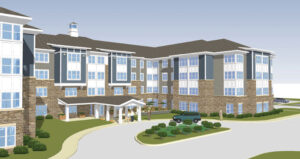Growth in the nation’s adult population will drive significant household growth over the next decade and beyond, according to the just-released State of the Nation’s Housing: 2016 from Harvard University’s Joint Center for Housing Studies.
Demographic changes will drive the addition of more than 13 million households from 2015 to 2025. Much of the growth will occur among retirement-aged population with the number of households age 70 and over projected to rise by more than 8 million, or more than 40 percent. The increases will push up the share of older households from 16 percent in 2015 to about 21 percent in 2025.
“The aging population will have profound impacts on housing demand,” reads the report, which also found:
- The growing share of older households means further declines in residential mobility and housing turnover, potentially causing the already tight market for existing homes to have additional pressure.
- As people age in place in greater numbers, older households will not only contribute a larger share of remodeling spending, but will also increase demand for different types of projects.
- Older households that do move likely will seek units that are smaller and less costly to maintain.
- The number of older single persons living alone will climb, “implying a significant increase in the need for in-home healthcare and supportive services.”
- A jump in rental demand stems from middle-aged households – the number of renter households in their 50s and 60s rose by 4.3 million from 2005 to 2015.
- Renter households age 70 and over increased by more than 600,000 over that decade.





